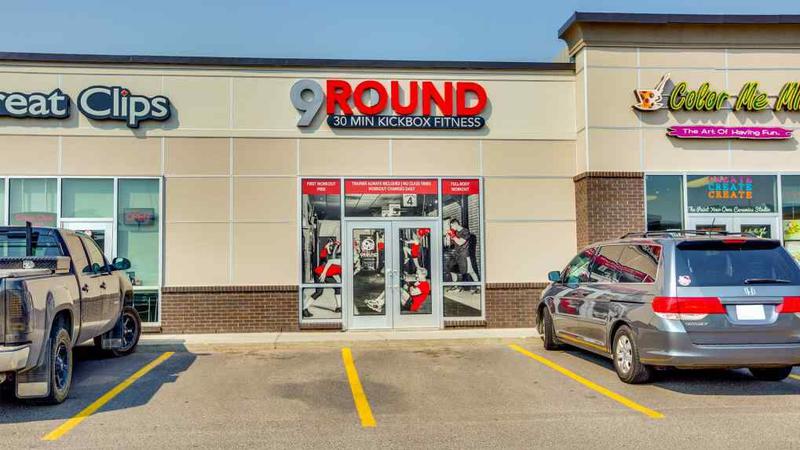
The risk of seed-placed fertilizer on canola emergence
LETHBRIDGE, AB — Toxicity and salt effect from fertilizer can damage canola seed and seedlings, and reduce the return on investment for seed. One way to increase canola emergence rates is to keep all fertilizer out of the seed row – except for a starter rate of phosphate.
The risk of seed-placed fertilizer comes from the nitrogen component of ammonium phosphate, ammonium sulphate, and all nitrogen fertilizers. Ammonia can damage crops through direct toxicity, while nitrate will damage seedlings by desiccation through the salt effect. Potassium fertilizers also have a high salt index and should not go in the seed row.
Why is phosphorus the exception?
Phosphorus supply during the first two to six weeks of canola growth is critical to achieve optimal yield. Given that phosphorus availability is reduced under wet, cold conditions, canola benefits from a seed-placed supply of phosphorus fertilizer.


